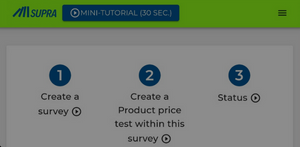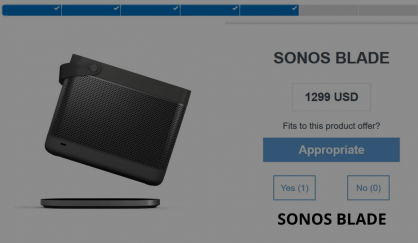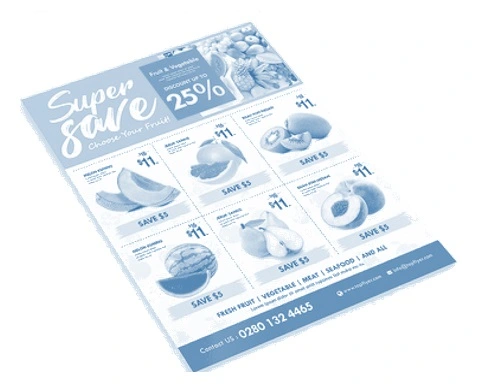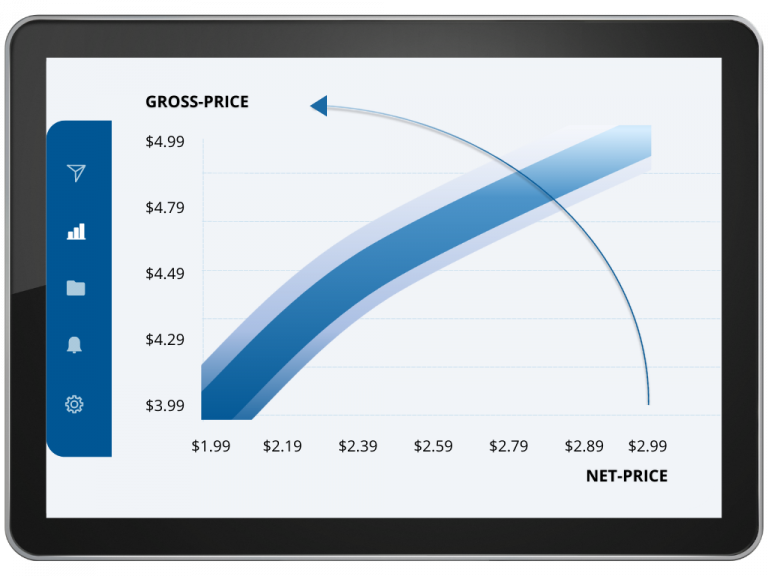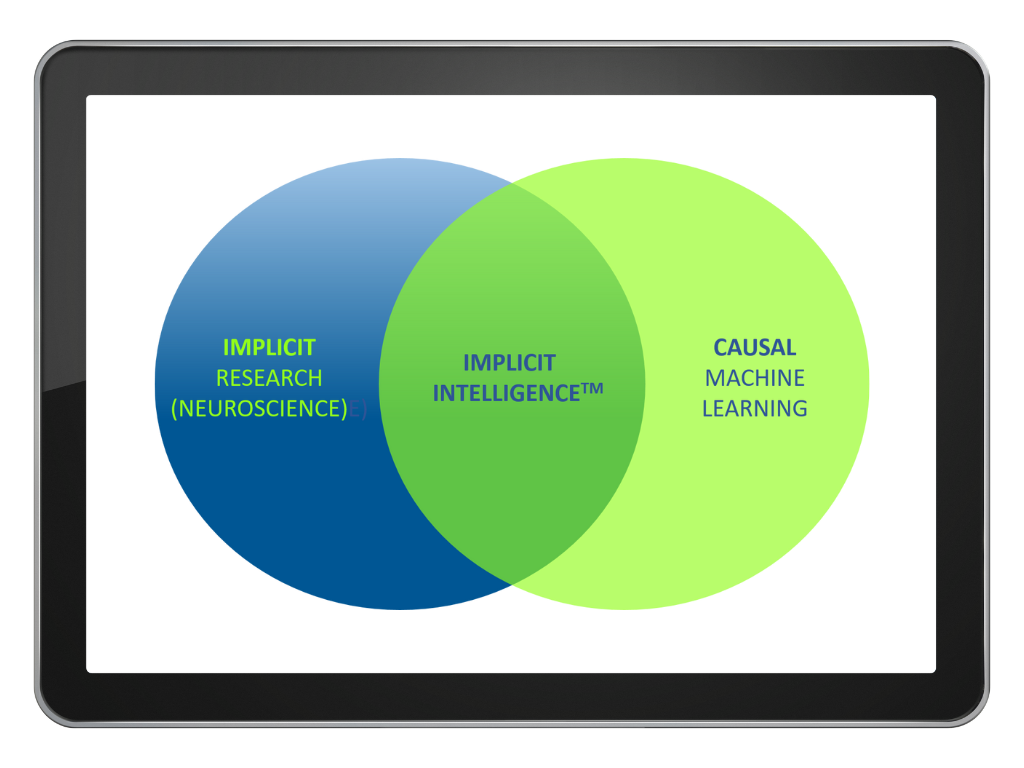SUPRA PRICE OPTIMIZER
Implicit IntelligenceTM SURVEY Tool
+50% Profits: Accurate. Easy. Fast. Affordable
Does it work? A University study found it outperforms Conjoint, PSM, and Gabor-Granger.
5 min to set up and select your target audience.
24-48 hrs to results.
Tools for Consumer Products
B2B Tool
More questions?
